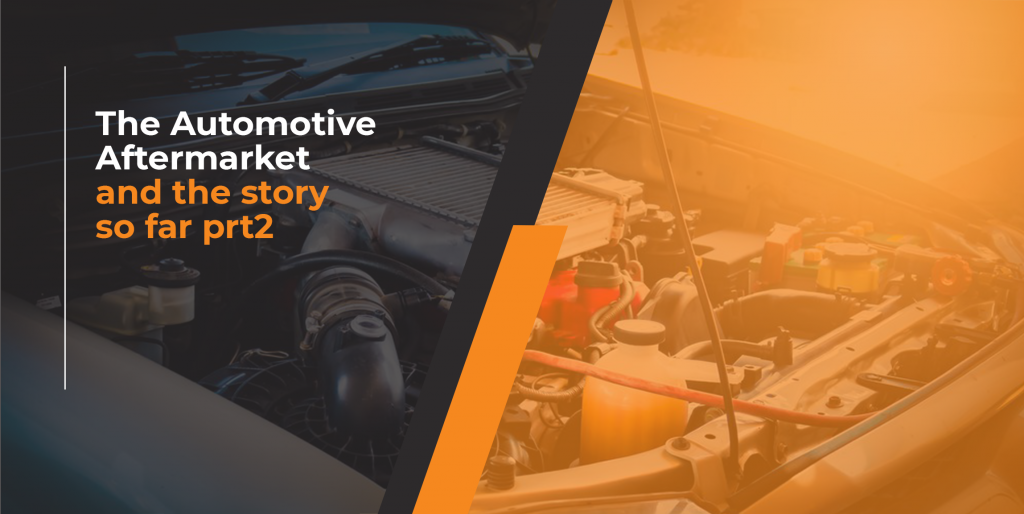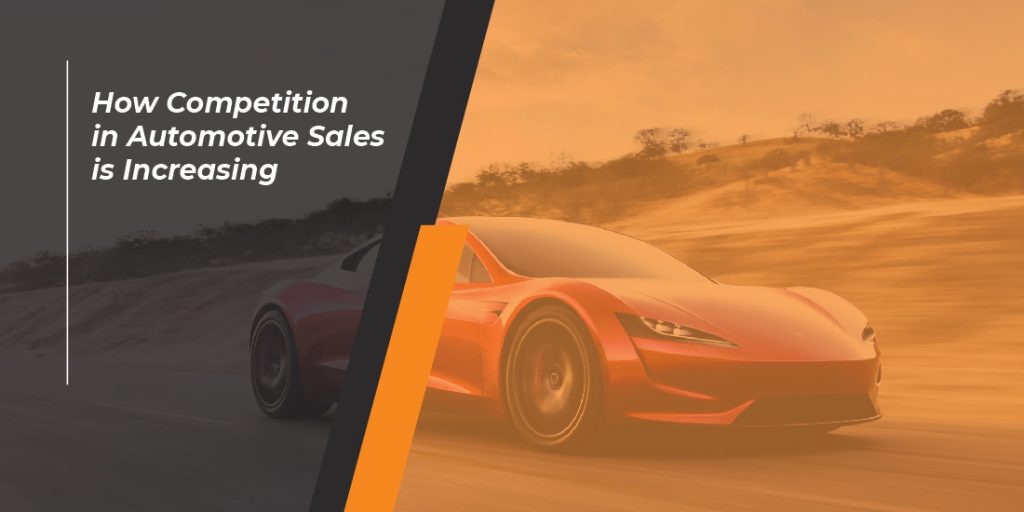
COP26 (Key countries and car manufacturers are absent in the global emissions agreement, where the behemoths of the global car industry – the US, China and Germany – all declined to sign) showed the world both sides of the same coin:
“Although we refrain from joining the statement, we share the same spirit and determination to address climate change and remain open to engage and work with stakeholders. Toyota will continue to contribute by making the best efforts to achieve carbon neutrality.” Toyota alongside Volkswagen and BMW which didn’t put their names to the deal.
“The evidence is clear that we cannot put all our faith in electric cars.” said Jools Townsend, the chair of the Sustainable Transport Alliance.
If we just move the CO2 pollutant, what do we gain from that?
It’s no secret that the UK’s 2050 net-zero target is one of the most ambitious in the world. Net-zero means that all emissions will be balanced by schemes to compensate for an equivalent amount of greenhouse gases from the atmosphere (such as planting trees or using technologies such as carbon capture and storage). But is Electric Vehicles (EV) the best solution? They may be better than the fossil fuel equivalent in terms of end-use, but the negatives come from the other side. How do we know if the generated electricity does not come from a power plant running on coal, gas, a nuclear power plant (which is a good source from a CO2 point of view, but not such a good source from another) but from a sustainable source – such as hydroelectric or wind energy? Another potential source of CO2 is the minerals that need to be mined and processed for lithium-ion batteries. And let’s not even mention the low recycling rate of these batteries relative to their lifespan.
Despite the ambitions, the support they are trying to attract and the pressure with all the fines (for the vehicle companies if they don’t meet their CO2 gram targets), the obstacles still stack up one after another (Are metals the new oil?).
As with everything else, the automotive world is spinning because of demand
A look around the world shows a variety of different solutions. Norway (rich in oil and gas reserves) was easily able to go for electric vehicles and to make it the dominant choice. Switching to electric cars early was easy for them as it has big natural hydroelectric resources and capabilities. Russia, one of the world’s largest oil and gas producers, plans to increase the number of electric cars on its roads in the coming years. To support this plan, from 2022 electric cars will run for free on the toll road network in the country.
But according to the Moscow-based consulting agency Vygon Consulting, only 0.2% of the country’s registered cars are powered by electricity, and the interest in change is low.
The situation in China is similar (despite the growth of 44% of EV production in 2020). The only difference is that the electric car market targets younger drivers, offering them a variety of compact and cheap solutions for city driving (the most modern choice currently surpassing Tesla – Wuling Hongguang Mini EV for £3,375). Wuling Hongguang gives great freedom to its customers with a wide range of extras, parts and modifications for their cars available on the aftermarket. The success of this strategy also attracts technology giants such as Xiaomi and Foxconn to the automotive sector and generates many new ideas for the automotive aftermarket (Eco Treats for the Aftermarket and Aftermarket vehicle hybridization).
What does this mean for the Automotive Aftermarket?
The global aftermarket is expected to witness tremendous growth due to an upsurge in the number of repairs and modifications. The wide range of new discoveries, goods, digitalisation and modern technology alongside classic parts and solutions are thanks to the variety of demands that flood garages and workshops, stimulating market growth. The growing demand for semi-autonomous, electric, hybrid and autonomous cars in the coming years is expected to further boost demand for not only new components but also parts for trusted Internal Combustion Engine (ICE) cars.
To find out more about the automotive aftermarket, or for a no-obligation introductory discussion, please contact us.
More from us









